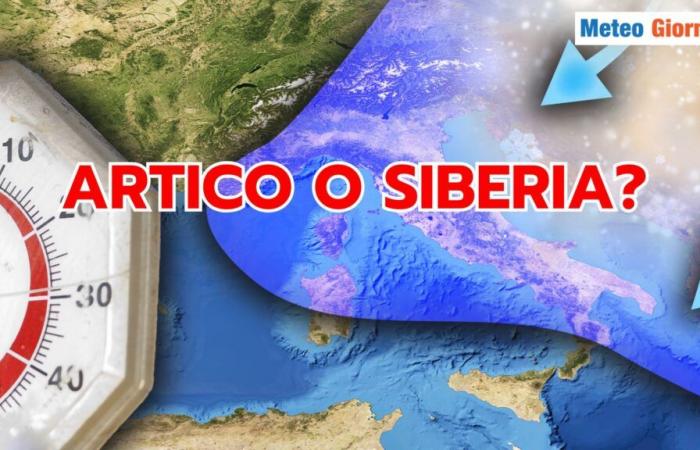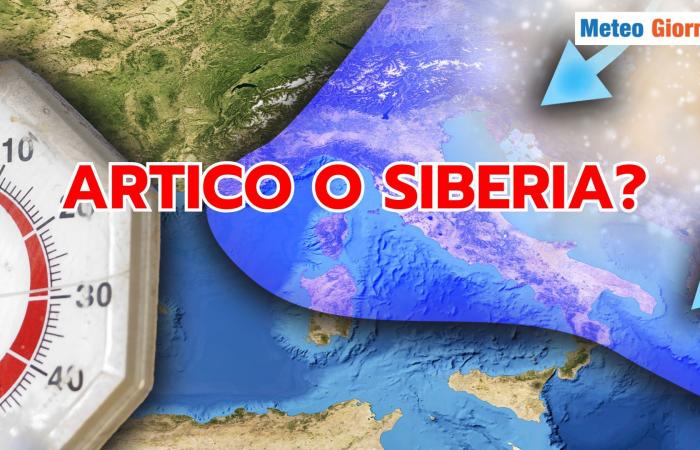We are almost there, we can safely say that the countdown has begun.
In just over a week, we will officially be in Winter, the meteorological calendar will deliver us into the hands of the cold season par excellence, and we are all curious – some more than others – to know what the prevailing weather and climate scenarios might be. Obviously, these are monthly projections, or even further into the future, seasonal projections.
Projections that have been written and talked about a lot, but until we are in the thick of the season, they will simply be “projections.” The forecasts, as always, will be made as we go along. What we can tell you, however, is that December promises “battle”. From the very beginning, it could be lively, dynamic, even cold.
Yes, because as written in times not suspected, some authoritative model projections – the European ones – are decisively pointing towards full Winter.
Right from the start, without waiting for the Greek calends. But beyond what the early month weather picture might be, to understand if the cold – the real cold – will be the absolute protagonist, we must necessarily consider various elements and different variables, starting with the most important climate patterns. Climate patterns that ultimately translate into more or less significant effects on the Polar Vortexand the Polar Vortex will be discussed in depth.
For now, we want to avoid technicalities and get to the point: Arctic or Siberia, that is the question. We don’t want to “dilly-dally”, the answer is “Arctic”. It is the most likely solution in terms of cold; we are talking about a month that is often transitional, capable of bringing particularly pronounced meridional exchanges.
Meridional exchanges mean that the cold from the Arctic Circle migrates south, while Subtropical heat moves north. As for Siberia, however, we will have to wait for January, or maybe February.
Those are the months conducive to certain baric dynamics, such as the possible breakdown of the Polar Vortex with consequent retrograde actions from east to west.
But they are also the months during which the presence of the Russian-Siberian Thermal Anticyclone is stronger, sometimes invasive or at least influential. So, to recap, if it is going to be cold, it will presumably be Arcticenough to ensure that snow can fall at low altitudes, perhaps even very low altitudes.
Because let’s remember that with that type of intrusion, productivity – in terms of precipitation – is certainly greater.
Our articles from Meteo Giornale are on Google News, follow us for free!


Follow our feed








